Too much screen time and unrealistic expectations and perceptions and can lead to an increased risk of anxiety and depression
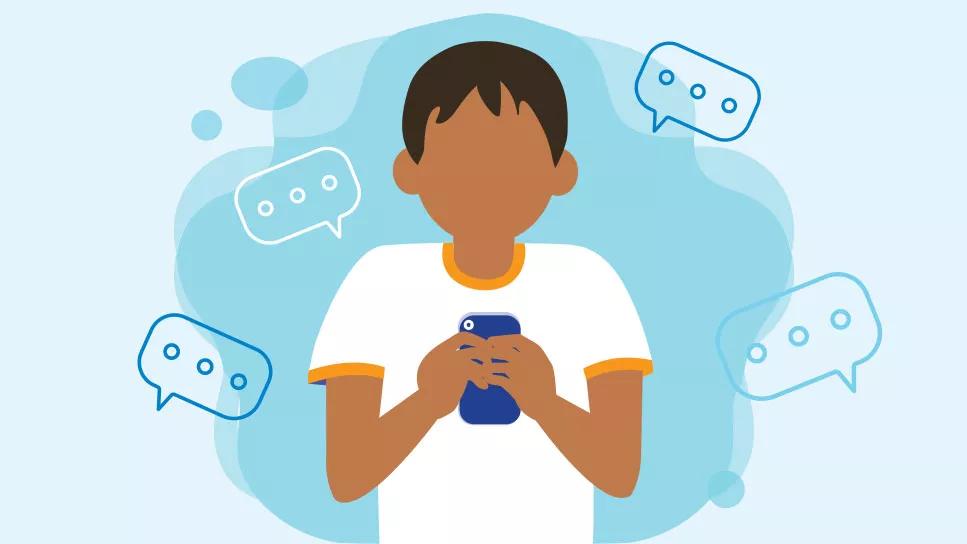
Spending time on social media has become almost a way of life for most adults — scrolling through videos of cuddly cats and wacky dances for hours a day.
Advertisement
Cleveland Clinic is a non-profit academic medical center. Advertising on our site helps support our mission. We do not endorse non-Cleveland Clinic products or services. Policy
But is it healthy for your children to have the same habits? And how do you know if they’re being safe on social media? Is social media good or bad?
Most social media apps require users to be at least 13 years old. But according to the U.S. Surgeon General, nearly 40% of children 8 to 12 years old and 95% of children 13 to 17 years old use social media apps.
In fact, the U.S. Surgeon General released an advisory on how social media affects children and teenager’s mental health. One scary statistic? Teens who spend more than three hours a day on social media double their risk of depression and anxiety.
If your child is currently on social media or if they’ve been asking to join, it’s important to talk to them about what social media is, what rules you have for it and how it doesn’t always show an accurate picture of someone’s life.
“Social media makes it easy to compare oneself to another,” says child psychologist Kate Eshleman, PsyD. “Most people put on social media what they want you to see. And by using social media, all of us have the ability to access endless information anytime we want to, and that can be very hard for kids.”
Dr. Eshleman discusses the negative effects of social media and — if you’re allowing them to use it — how to talk to your kids about how to stay safe, not overdo it and not take a lot of what they see on there too seriously.
Advertisement
It can be overwhelming to think about all the negative ways your child may be affected by using social media.
While experts are just beginning to understand social media’s impact on children, one study shows that children younger than 11 years old who use Instagram and Snapchat are more likely to have problematic digital behaviors like having online-only friends and visiting sites parents would disapprove of, as well as a greater chance of taking part in online harassment.
And it’s not so easy to give up or limit your child’s time on social media. According to a national survey, 33% of girls 11 to 15 years old feel addicted to social media and more than half of teens say it would be hard to give up social media. The fear of missing out, or FOMO, is real.
So, why can social media be so bad? Dr. Eshleman walks us through the potential risks of social media.
Too much time on social media apps can lead to an increase in body dissatisfaction, eating disorders and low self-esteem. While this is particularly concerning for teen girls, reports show that 46% of teens 13 to 17 years old said social media made them feel worse about their bodies.
“It’s important to realize that with high-tech phones and various apps, it’s much easier to snap ‘the perfect picture,’ which is likely not a true representation of someone’s appearance,” says Dr. Eshleman.
“However, we all, and especially young people, look at these pictures and admire the beauty. This results in likely comparing oneself to an artificial image, and distress can result if we feel we don’t measure up.”
We’re all familiar with bullying — the kind that might happen on the school playground — but cyberbullying, which happens through technology, the internet and social media to harass, threaten or embarrass someone, is just as common.
Harmful language, images and videos are prevalent, with 64% of teens reporting they’re often or sometimes exposed to hate-based content.
“The challenge to cyberbullying is that it’s always there, making it much harder to walk away from the negative interactions,” explains Dr. Eshleman. “It can also be spread much further, much more rapidly, resulting in negative attention being seen and heard far beyond one’s close social circle.”
Unfortunately, there are people on social media who target children and teens whether to sexually exploit them, financially extort them or sell them illicitly manufactured drugs. It can be challenging for children and teens to know what to share and what not to share online.
Another alarming stat? Nearly 6 out of 10 teen girls say they’ve been contacted through social media platforms by a stranger in a way that makes them feel uncomfortable.
Advertisement
“As a parent, it feels nearly impossible to be aware of and manage all of this. A good place to start is communicating with your children about these potential dangers, letting them know what to be aware of and caution them not to share any information with those they don’t personally know,” advises Dr. Eshleman.
“It’s also important to work to create a safe space for communication, allowing children to come to parents should questions or concerns arise.”
You’ve probably heard of dangerous viral trends — and the devasting results from trying them like being arrested, needing to be hospitalized and even death.
“Kids don’t have the cognitive and executive functioning to think through harmful situations and why those might be a bad idea,” says Dr. Eshleman. “So, sometimes they’re placing themselves in physical risk.”
Another study talks about how children who use TikTok are developing tics and having tic-like attacks. They’re experiencing a movement disorder brought on by stress and anxiety — presumably made worse by the pandemic and teens’ increased social media consumption.
In addition to problematic digital behaviors, there may be changes in children’s daily behavior at home, like:
Advertisement
“If kids are being asked to get off social media and do their homework, or any unpreferred task, then parents might see increased periods of irritability or frustration directed towards parents,” notes Dr. Eshleman. “They’re being asked to do something they don’t want to do and stop doing something they enjoy. Further, there is evidence to show that extended screen time alone negatively impacts mood.”
Social media can have a positive effect on your child, like helping them learn how to communicate with others, navigate relationships and how to manage somebody who isn’t being kind to them. So, no social media at all might not be the best (or realistic) solution for your kids.
But if you decide to let your children use social media, make sure to talk to them about expectations — both yours and theirs. Here are a few tips on how to navigate the social media world together:
Advertisement
Go easy on yourself as a parent when it comes to social media and your kids. Don’t be afraid to talk to other parents and caregivers about what they do, or ask for help if you’re struggling with how to navigate social media and keep your kids safe.
“For many parents, this is uncharted territory,” Dr. Eshleman realizes. “It takes time and energy, and it can be difficult for parents who are working, raising children and managing household tasks. It’s OK to ask for help.”
Learn more about our editorial process.
Advertisement

It isn’t a recognized mental health disorder, but research shows that problematic social media use can negatively affect your mental health, self-esteem and sleep

This trendy practice may boost your physical and mental health — but done incorrectly, it could make things worse

They’re fun to watch, but medical TV shows are often more hype than reality — and you shouldn’t rely on them for factual medical information
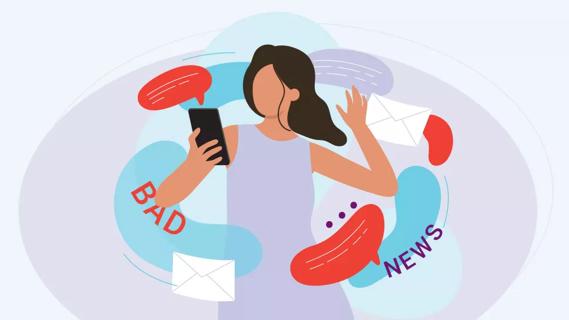
Embrace mindfulness and practice checking your phone consciously, not compulsively

Identify your triggers, set ground rules for your break and start practicing mindfulness
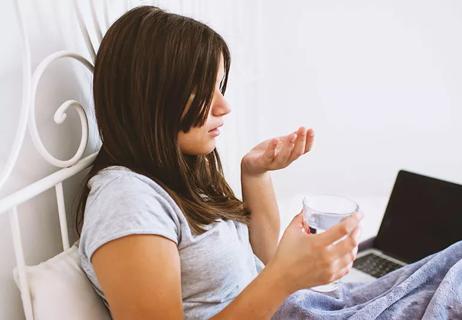
Talk to your child about the dangers these viral videos pose to their health
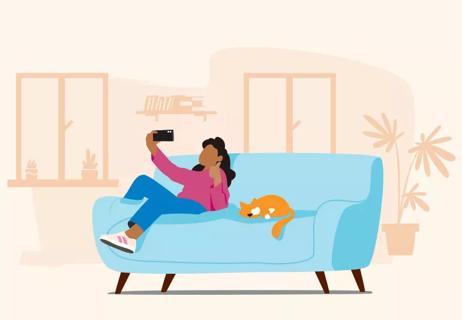
The answer comes down to your child’s maturity
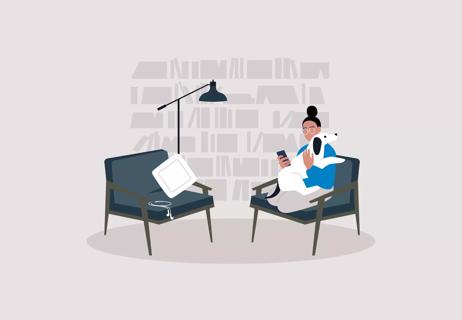
Frequent smartphone use can lead to painful issues

Start having sex about 72 hours before ovulation, then at least every other day during your fertile window

Attachment theory suggests that your earliest relationships shape connections throughout your life

It isn’t a recognized mental health disorder, but research shows that problematic social media use can negatively affect your mental health, self-esteem and sleep